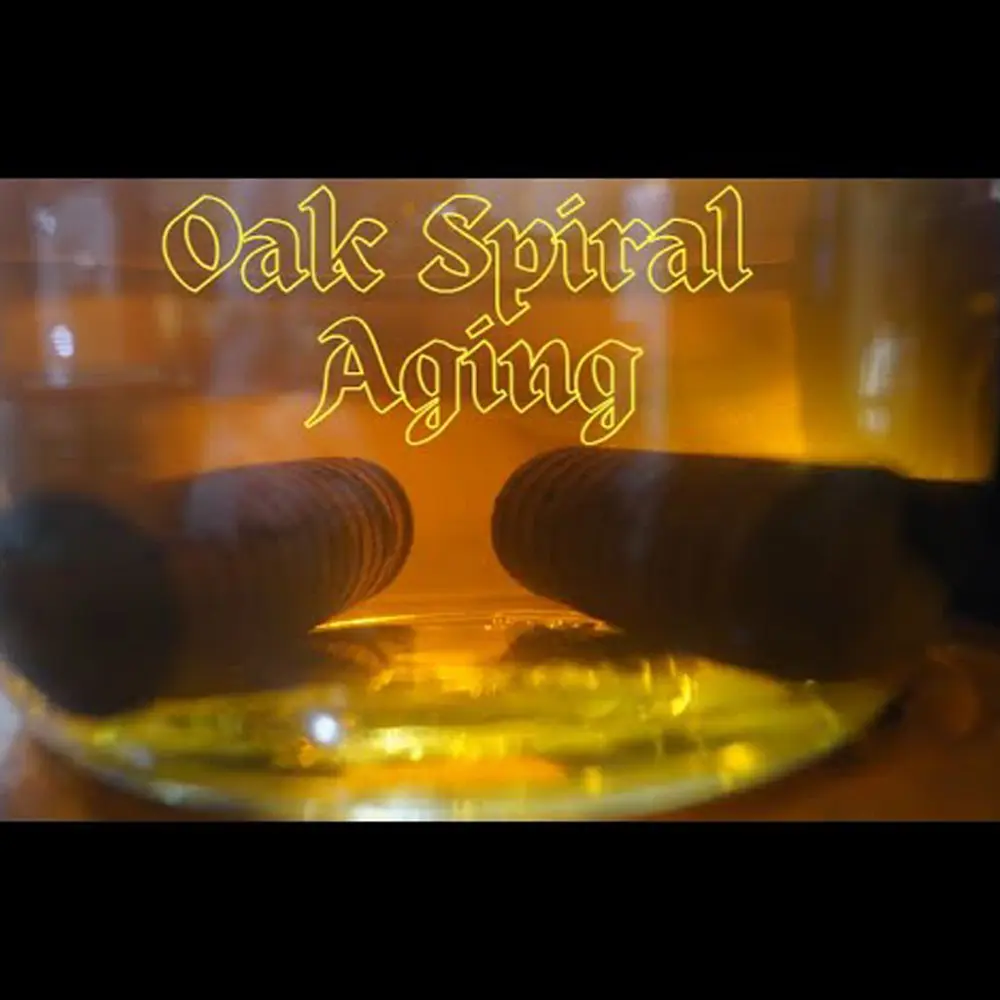Last Updated on July 3, 2017
Making Schnapps
The Mash:
Of course, an important part of making schnapps is the mash. In fact, some would say it is the single most important aspect of distilling a schnapps. What type of fruit do you want to use in your mash? Apples, pears, peaches, cherries and other similar fruits are very popular for most people. However, there’s a huge list of other fruits and materials to use if you think outside the box a little. Tropical fruits like pineapples and kiwis are some of the uncommon fruits that can produce a very sweet and savory schnapps. Some artisan distillers go completely off the beaten path and make some very cool brandies. Any material that has high sugar and water content can, in theory, create a schnapps. Distilling a schnapps with pine cones can (and has) been done.
Getting the material for your mash is up to you. We’ve had plenty of calls from customers with apple or other fruit trees looking to make a brandy or schnapps. This gives you the option to pick high quality fruit for your mash in abundance. A small tip with picking your fruit straight from a tree, is try to harvest it after a few days of sunshine. The sun takes saps and other fluids from the tree and puts them right at the end of the branches; exactly where the fruits will be.
Picking your fruit up when making schnapps from the store is a perfectly normal and acceptable thing to do as well. Picking store-bought fruit out is a matter of watching out for bruises or other blemishes on the fruit. Try to pick the fruit out when it’s at the peak of it’s ripeness – not after.
Whichever route you take, do your best to start a mash the same day you acquire it. This helps with decomposition of the fruits and will also protect from unwanted contamination. If something occurs, and you’re unable to start the mash the first day, simply put the materials in the freezer and pull them out when you’re ready. Wash your fruit thoroughly, taking off any leaves, stems or blemishes you notice.
Now, mash up your fruit. Some softer fruits can just be mashed with clean hands. Harder fruits will need to be diced up. Put the diced up fruit in a container and squish until mashed. Note: Make sure your container is clean. Having everything clean is very important in distilling. You may need some extra water for drier fruits in your mash. You’ll want to be aware of just how much water you’re adding. Too much water is bad news, and the same goes for not enough water. Ideally, you’ll want the water to make up less than a 1/3rd of your mash.
Remember when making schnapps to watch your pH level in the mash. Too low or too high of a pH is bad news. Ideal pH level is 3.0 to 3.3. Add extra sugar if you’d like to bump up the sugar content to get higher percentage of alcohol by volume in the wash. Be aware high ABV (alcohol by volume) is not always best. Usually you will sacrifice quality when bumping the quantity of alcohol.
There are several yeast strains that work well when making a schnapps. The turbo yeast works well and gets high ABV (alcohol by volume). turbo yeastand white wine yeast is also a clean fermenting yeast that can get higher percentage ABV. If the yeast you does not include nutrient then you will need to add nutrient as well. Your local home brew store should carry a yeast and yeast nutrient that will work well for fruit brandy and schnapps. Then seal your mash up tight in the fermenter to begin the process. The fermentation process takes about 7 days.
Distilling Schnapps:
There are different ways to distill fruit mashes. You can distill with solids in the boiler if you are using a still boiler with a jacket like a bain marie double boiler design so you don’t have direct heat on the boiler that can cause fruit to stick and burn. Some people use gas burner under the boiler at low temps until the heat comes up and this will work. Watch out for the stick and burn issues. Internal heating elements will not work when distilling with solids in the boiler.
Using internal heating elements in the boiler the mash will need to be strained well so no particulate sticks to the heating element and burns. Strain through course strainer then through a fine mesh like cheesecloth.
Use a pot still design to distill fruit and carry over flavor. The copper alembic pot stills are a traditional design still that has worked magic for many years distilling schnapps and other fruit based liquor.
Start heating up your pot still. Let the still do it’s thing while keeping some things in mind. One of those things is temperature. We don’t want our mash to heat up too quickly. Bring the temperature up slow. The cleaner you were during your fermentation and mashing process, the less heads you’ll have during the distillation. After your heads have run out (use taste testing to help you figure out when this happens) you will be getting your hearts. This is the best of the best and what you’re looking for with your run. As you get further through your run, you will notice your percentage or proof in the distillate will start decreasing. This is when you know you are starting into the tails of the run. At this point taste and smell regularly. Some of the tails adds character to the spirit and too much will off flavor and ruin it.
As always, artisan distillers constantly try to experiment with new recipes for their drinks and always try to improve the way they do things. Make smaller cuts and watch closely. As with any hobby or skill, you’ll learn best by doing. Distill, take notes, and try again if you’re not satisfied with your final product. The large amount of different fruits to try with your schnapps makes it a great adventure to take in distilling.
Take a look at this sub-topic to get some info on the different types of schnapps:
Schnapps Made From Berries: Low sugar content and high water content of berries means you’ll need a lot of them to make a good enough mash. Berries don’t store well so be sure to try to mash the same day. The mash you create should be distilled soon after fermentation to lock in flavors. Boil berries slower than normal.
Schnapps Made From Seeded Fruits: Seeded fruits have a higher sugar content than berries, but a lower water content. You’ll use less fruit to make a good mash and have a longer window of time before you need to distill. Watch for damaging seeds during the making of the mash and try to leave the skins on your fruit, as these have a lot of flavor in them.
Schnapps Made From Pitted Fruits: Pitted fruits give off the best flavors when it is mashed and distilled the same day it’s harvested or picked up at the store. Be sure to leave the skins on the fruit and make absolutely sure you haven’t damaged any pits of the fruits. Remove all pits before fermenting.




Leave A Comment
You must be logged in to post a comment.